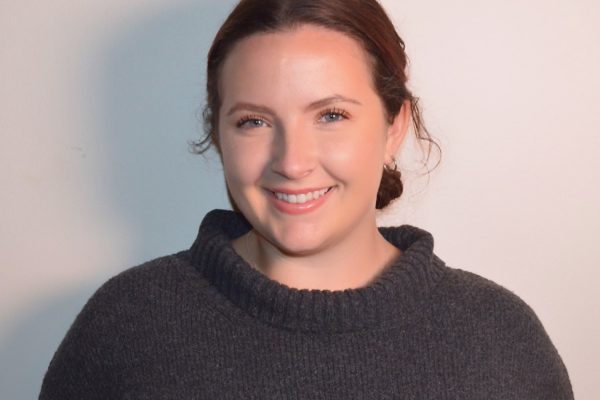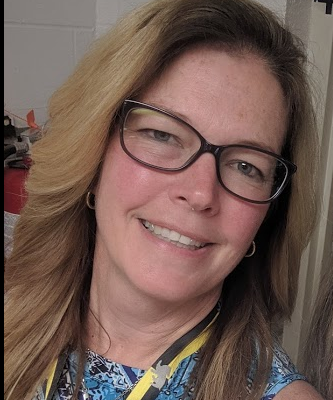By: Peggy Harvey
PK-12 Instructional Technology Specialist
Acton Boxborough Regional School District
Students in Cindy Holt’s first-grade class have become masters at creating digital content and curating their own digital portfolios. Thanks to a MassCUE grant that funded a set of seven iPads for Cindy’s classroom at Gates Elementary School in Acton, her students routinely use a variety of iPad apps to support their learning and to create and share multimedia presentations. Almost a year after the grant helped deliver digital learning to Cindy’s classroom, she can attest to many benefits.
In addition to the obvious appeal of digital devices for young children, Cindy is especially pleased with how iPads can be used to provide direct access to age-appropriate current information and materials. The iPads have helped foster independent learning in her busy classroom because students can easily navigate to pre-selected apps and immediately begin to use them with minimal support from their teacher. “My students use the iPads daily to access reading material that is appropriate and catered to their reading level through the Reading A-Z app, and the feedback on their progress comes directly to me,” she reports. Apps like Reading A-Z, which can be customized for each individual student, help teachers deliver differentiated instruction, even in a classroom where students share iPads. Cindy can track student progress and supplement classroom instruction based on the data collected by Reading A-Z.
The iPads are clearly natural learning tools for the digital natives in Cindy’s class. A visit to her room reveals that students are not just proficient, but thoroughly engaged. They obviously love being able to interact with technology and create meaningful digital products. Their favorite is the free ChatterPix Kids app, which allows students to animate original artwork by taking a picture of their drawings, adding a “mouth,” and recording their voices to tell about their work, read original poems, or explain something they have learned. Click here to see an example of a Chatterpix Kids creation by one of Cindy’s students. Another creativity app that Cindy has integrated into her teaching is Vittle, which she uses for students to explain their understanding of math concepts by incorporating visual elements and their recorded voice. Click here for a student screencast created with the Vittle app.
For demonstrating their understanding of a social studies unit, Cindy guided her students to use the versatile digital storytelling app, 30Hands. After studying the country of Mexico and researching a specific topic related to the country and culture, students created a simple presentation that integrated images with their own narration. The culmination of student learning, writing, and rehearsing their presentation was exhibited in a digital story shared with their teacher, families, and each other. Here is one sample of a student 30Hands project. Students were proud to share their work, and their fluency skills benefited from the ability to practice and listen to their own voice recordings.
For collecting and sharing student projects, Cindy relied on the SeeSaw digital portfolio app, and invited families to view their children’s work through the SeeSaw journals. Students quickly became adept at independently scanning the QR code to access and upload content to their SeeSaw accounts. Best of all, SeeSaw provided a digital vehicle for students to showcase their work, not just to their teacher, but to their parents, giving them an authentic audience outside their first-grade classroom.
SeeSaw is ideally designed for a classroom with shared devices, but Cindy did discover that some projects were more challenging in a shared environment. To maximize access to the seven iPads in her classroom, Cindy implemented a rotation system where students worked on the “more hands-on portions of a project at their desks, while having small groups work with the iPads.” In order to allow students to work alone or in pairs, Cindy occasionally borrowed iPads from the school’s shared cart to supplement the seven iPads in her classroom.
Across the first-grade curriculum, iPads in Cindy’s classroom have helped foster literacy in reading, writing, math, and social studies, all part of her original goal in applying for the MasCUE grant. “We certainly met our goal,” she reports, “in student academic performance based on the projects the students produced, the active engagement involved in creating them, and their success in navigating the iPads and apps introduced to them.”
About the Author:
Peggy Harvey is the PreK-12 Instructional Technology Specialist for the Acton Boxborough School District, and an enthusiast for integrating technology that helps make learning meaningful and fun. She holds a master’s degree in Educational Technology from Lesley University. Peggy can be reached at pharvey@abschools.org, and followed on Twitter @peggyharv.
 Print this post
Print this post



